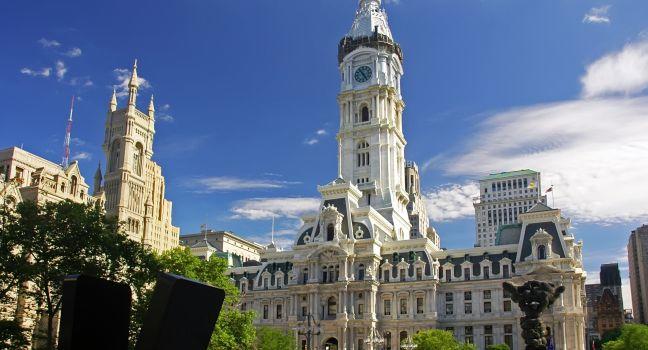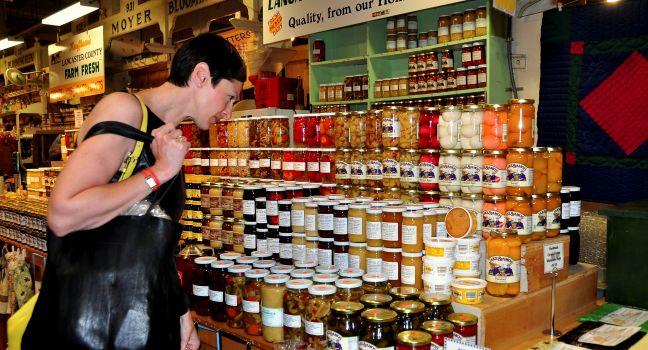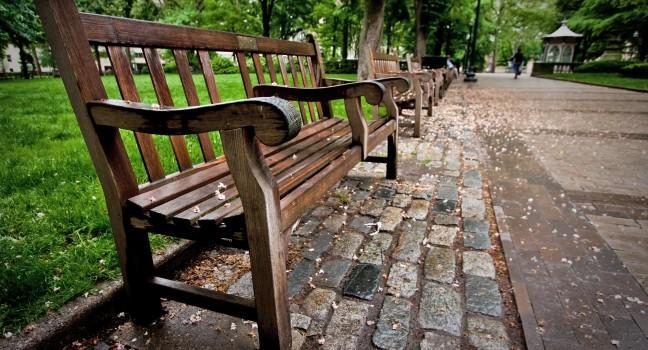This High Victorian Gothic structure is a work of art in itself. Designed in 1876 by the noted, and sometimes eccentric, Philadelphia architects Frank Furness and George Hewitt, the multicolor stone-and-brick exterior is an extravagant blend of columns, friezes, and Richardsonian Romanesque and Moorish flourishes. The interior is just as lush, with rich hues of red, yellow, and blue and an impressive staircase. The nation's first art school and museum (founded in 1805) displays a fine collection that ranges from the Peale family, Gilbert Stuart, Benjamin West, and Winslow Homer to Andrew Wyeth and Red Grooms. Fox Hunt by Winslow Homer, and The Artist in His Museum by Charles Willson Peale, are just a few notable works. The academy faculty has included Thomas Sully, Charles Willson Peale, and Thomas Eakins. The latter painted what is now the museum's most prized work, The Gross Clinic, a dramatic depiction of Samuel D. Gross, a celebrated 19th-century surgeon, presiding over an operation under a skylighted roof; the masterwork is co-owned with the Philadelphia Museum of Art, and is displayed for six months at a time at each institution.
Supplementing the permanent collection are constantly changing exhibitions of sculptures, paintings, and mixed-media artwork in the adjacent Samuel M. V. Hamilton Building; the 11-story facility, which opened for the academy's 200th anniversary, is also the home to the Sculpture Study Center, which offers changing displays from the permanent collection, classrooms, group and private studios for more than 300 students, and Portfolio, the museum's gift shop. The 1400 block of Cherry Street, which runs between the two buildings, is a pedestrian plaza featuring Paint Torch, a 53-foot-tall sculpture of a paintbrush by Claes Oldenburg, a three-part serpentine bench, and outdoor seating.






